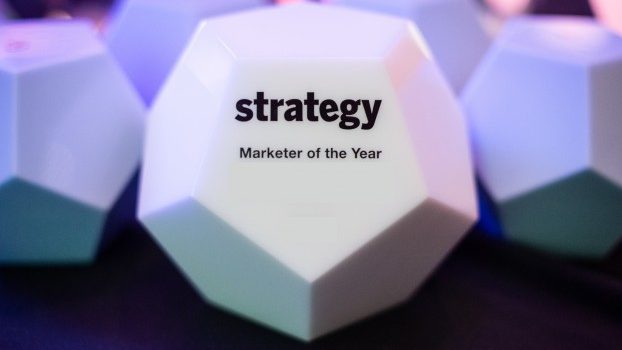
Black & Abroad #2 Brand
Strategy recently published its 2024 Creative Report Card assessing the best of the best among brands, agencies and creatives in the Canadian advertising industry. To coincide with this year’s CRC, strategy has spoken with many of those who received top marks on this year’s report card, including McCann’s Ian Mackenzie (formerly of Performance Art), below. For more of strategy‘s CRC coverage, read our interview with Rethink’s Aaron Starkman and Sean McDonald, as well as our deep dive into the Kraft Heinz campaigns that helped it rank as this year’s top brand.
After Black-owned businesses were disproportionately affected by the pandemic, tourism brand Black & Abroad created “The Black Elevation Map” as an uplifting tool that visualized Black cultural data as an elevation. The map reveals where Black-owned businesses and cultural institutions are most likely to be present or absent. Users could then explore the map through curated city and national guides. In his words, Mackenzie, the CRC’s #5 CCO, shares how his agency and the #2 brand worked to elevate Black culture via the map.
Why Black & Abroad shifted toward local tourism
“Traditionally, the company had a business model built around international tourism. But it was mid-pandemic, and travel was decimated. We strategically saw an opportunity to build out its credentials around being a domestic travel brand. Our partnership had been tech-forward even before this. We did a program called “Go Back to Africa,” which was heavily into data and some AI. And so we wanted to bring those worlds together: How do you reactivate Black & Abroad as a domestic travel brand? And how do we continue to push as a technological innovator? That was our challenge.”
A 1930s travel guide for African American road-trippers planted the seeds for the idea
“We looked at the history of domestic travel for members of the Black community in the U.S. and came across the Green Book, which was a black travel guide during the era of Jim Crow laws so they could travel safely. And our early idea was, can we do something that is like a modernized Green Book? But we realized that there was a lot of IP, and we didn’t want to simply redo a new Green Book.”
The idea wasn’t the result of a brainstorm, but of defining a problem the Black community faces
“We knew there was an ongoing conversation around trauma narratives in the U.S. and the brand has been relentlessly positive in the face of that. So the idea to create an elevation map of black businesses, cultural institutions and populations struck us as a powerful metaphor and a way to organize vast amounts of data in a compelling package. When the map popped up as an adjacent approach to the editorial Green Book idea, it was pretty clearly the way forward for us. It just seemed to solve a lot of the friction points.”

Ian Mackenzie, Performance Arts #5 CCO (Credit: This image was generated by Midjourney through prompts by Ian Mackenzie).
How they found the right data points to build a program that was national at scale
“Data can be a potentially scary word, but it’s just information. And there’s a lot of it just lying around. But you have to be choiceful about what data you’re using. We went on a data discovery and decided that Black-owned businesses were going to be an important data source. We thought about how to get that scale nationally and we found sources on Yelp. It had a field where businesses could identify as Black-owned, and Google Business also had an indication for doing that. Another data source was Black population data. There was a great decennial census in 2020 that we dialed into. It doesn’t mean that those data sources included everything but it was a reasonable and good source set.”
Diverse representation helped to avoid bias in the process of data sourcing
“We had a team across every discipline that reflected the brand’s audience, because when you’re trying to understand bias, having lived experience is important. But it’s also about making sure that it’s not just one person who has to stand for the whole community on a project. Making sure we had a diverse team that could return guidance at every stage was critical.”






















